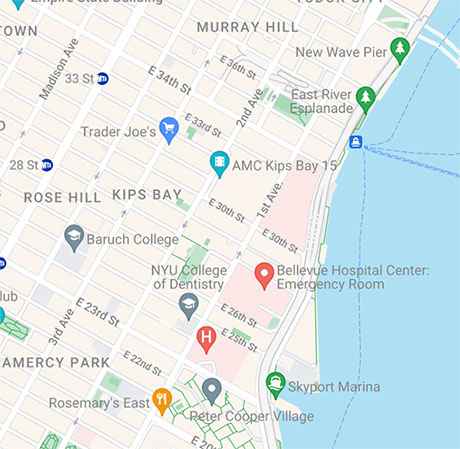
A language-based learning disability (LBLD) can feel like both a clarifying and confusing term for families. It sounds technical—because it is. But what it describes is deeply human: the way a child hears, processes, organizes, speaks, reads, and writes language.
Importantly, a language-based learning disability is not about intelligence or motivation. Students with LBLDs are often bright, curious, and eager to learn. The difference is in how their brains process language, which can make traditional instruction harder to access without the right support.
What Does a Language-Based Learning Disability Affect?
LBLDs are neurological differences that can affect how a child:
• Understands spoken language (receptive language)
• Uses language to express themselves (expressive language)
• Decodes unfamiliar words and sounds when reading
• Comprehends what they read
• Spells, writes, or organizes written work
• Follows oral directions or sequences information
While language-based learning disabilities are often lifelong, students can learn proven strategies that allow them to thrive—especially when they receive early, specialized intervention.
Common Types of Language-Based Learning Disabilities
Several specific diagnoses fall under the umbrella of LBLDs, including:
• Dyslexia (difficulty with accurate and/or fluent word reading and spelling)
• Dysgraphia (difficulty with writing, spelling, and organizing thoughts on paper)
• Language processing disorder
• Expressive/receptive language disorder
• Reading comprehension disorder
• Specific learning disability in reading, writing, or oral language
These terms may sound overwhelming, but they all point to challenges with language—and to the possibility of growth with the right instruction.
Signs of a Language-Based Learning Disability in the Classroom
Every child is different, but common signs of LBLDs at school may include:
• Difficulty sounding out or recognizing common words
• Avoiding reading or writing tasks
• Expressing complex ideas verbally but leaving written work incomplete
• Trouble following directions with multiple steps
• Needing extra time to formulate oral or written responses
• Appearing inattentive during language-heavy instruction—not out of defiance, but because they’re working hard to keep up
If you recognize these signs in your child, it may be time to seek a specialized assessment.
How to Support a Child With a Language-Based Learning Disability
Students with LBLDs thrive when instruction is:
• Explicit and systematic
• Multisensory (engaging sight, sound, and movement together)
• Repetitive and cumulative, reinforcing skills over time
• Scaffolded with visual and organizational supports
• Delivered by teachers with expertise in how language develops and how to break it down
Why Understanding Language-Based Learning Disabilities Matters
Without proper support, a language-based learning disability can chip away at a child’s confidence. But with expert teaching and an environment designed to meet their needs, students not only strengthen their reading and writing skills—they begin to see themselves as capable, resilient learners.
The earlier the support, the stronger the foundation. And at any age, understanding how your child learns is the first step toward helping them thrive in a school that understands them, too.









